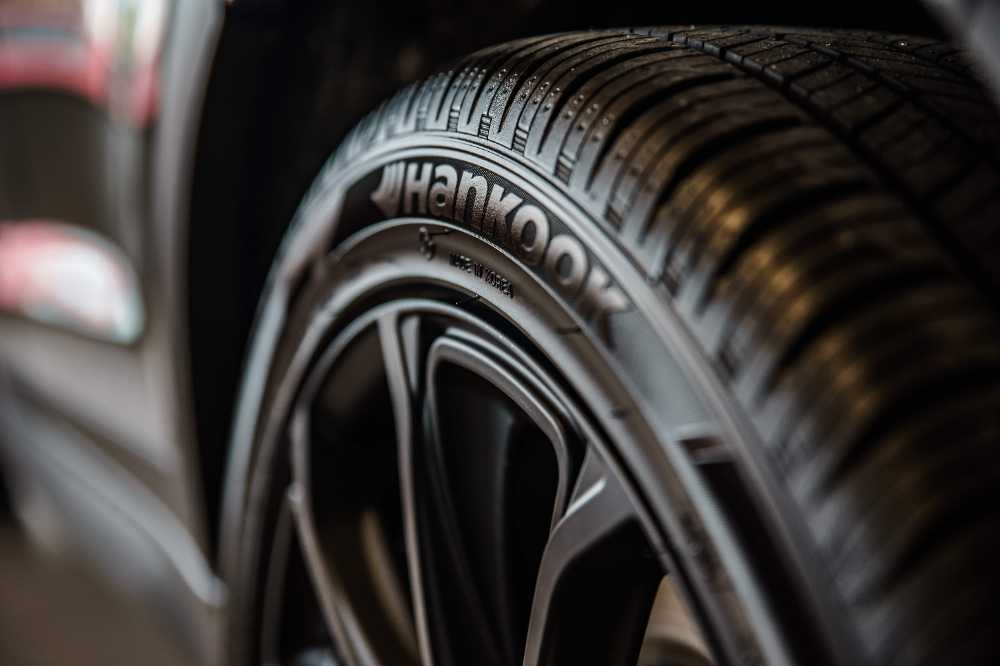Taking good care of your tires is an important part of safe driving. However, in the event that a flat tire does occur, you’ll need to know how to replace the flat tire with a spare tire. Here are nine facts about spare tires you might not know.
1. You Can’t Drive Spare Tires as Far as Regular Tires
One common misconception people have about spare tires is that they can safely cover the same amount of distance as a regular tire. However, most spare tires are only designed to be driven for about 50 miles.
Find a Personal Injury Lawyer, Near Me
(855) 529-02692. Spare Tires are For Temporary Use
As stated above, spare tires are only meant to be driven for about 50 miles before being replaced. Although some people think that a spare tire can replace a regular tire, you should always take your car to a tire repair shop to get a new tire as soon as possible after changing a flat. Spare tires are not permanent or semi-permanent replacements – head to a repair shop right away.
3. You Can’t Drive as Fast with a Spare Tire as You Normally Would
This is another of the most important facts about spare tires. Many are unaware that spare tires aren’t designed to be driven at the same speeds as regular tires. In fact, when driving with a spare tire, you should never exceed more than 50 miles per hour.
Click to contact Chalik & Chalik's personal injury lawyers today
4. Compact Spare Tires are Lighter than Regular Spare Tires
A regular replacement tire – or full-size spare – is the same size as a regular tire, but still should not be considered a permanent replacement even if it can travel for a longer distance. However, most car manufacturers outfit their cars with compact spare tires – also known as donuts – instead. Compact spare tires are much lighter than regular tires, and when stowed in the trunk can improve a car’s fuel efficiency.
For a free legal consultation call
(855) 529-02695. Spare Tires Need to Have Their Tire Pressure Checked
While you might assume that a spare tire is ready to be driven on, always check spare tires’ air pressure before using them. Incorrect air pressure levels can be dangerous, and increase a driver’s risk of accident.
6. Your Car May Not Have a Spare Tire
Of these nine facts about spare tires, this might be the most surprising. Many new cars don’t include spare tires. Before driving, always check to make sure that there’s a spare tire that you can use in the event of a flat. If there’s not, think about purchasing one to carry in your trunk.
7. A Spare Tire May Be Too Old
According to the National Highway Traffic Safety Administration’s Safety in Numbers June 2013 issue, the fact that you haven’t used a spare tire and that the tread is in good condition doesn’t necessarily mean a spare tire is safe. As tires age, they are more prone to failure. If your spare tire is too old, it may not be safe to drive. Check manufacturers’ recommendations regarding tire replacement.
8. Your Spare Tire Might Be Defective
Just like regular tires, tire manufacturing companies might produce defective spare tires, too. In fact, in 2013 Nissan recalled 123,308 Altimas from the 2013 model year because of a spare tire defect in which it might be overinflated or underinflated.
9. You Can File a Lawsuit for a Defective Spare Tire
If a tire manufacturer produces and distributes a defective tire that causes an accident, it may be liable for damages in a lawsuit. This requires proving that the defect is present, it caused the accident, and you suffered damages as a result of the accident.
Knowing these facts about spare tires can help keep you safe if you need to use one. But accidents still can and do happen. If you’ve been in an accident caused by a defective spare tire, speak with an attorney. At the Chalik & Chalik, we know what it takes to pursue and win a defective tire case. If you’ve been injured, contact us today at 855-529-0269 to get started.
Call or text Chalik & Chalik
(855) 529-0269






